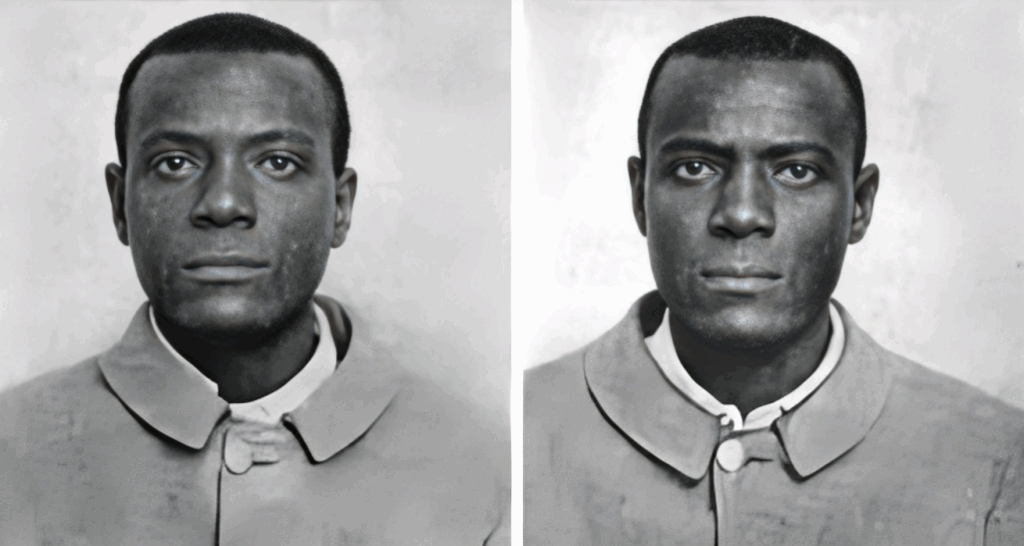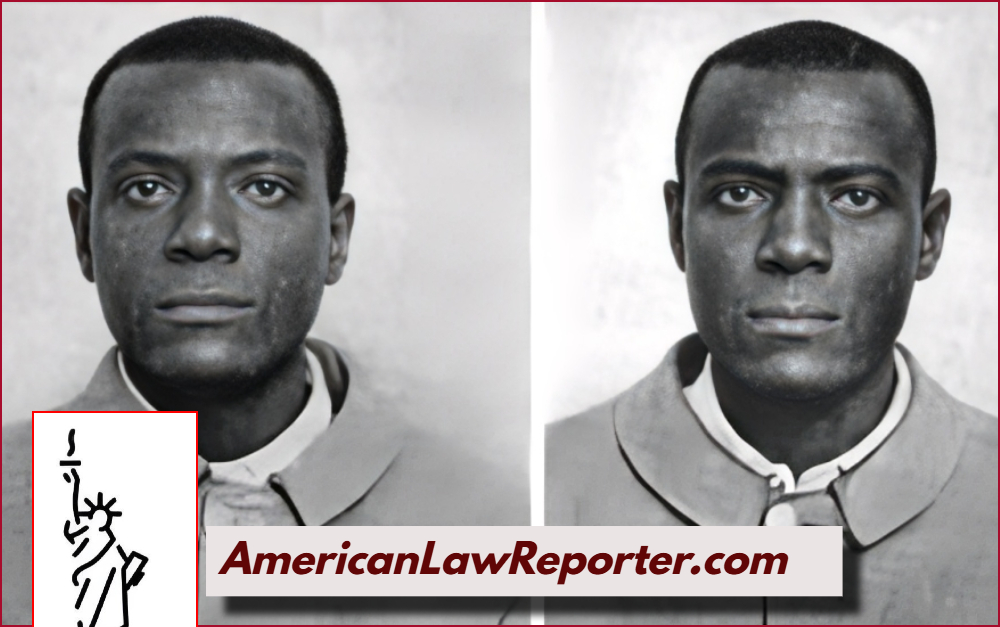How the uncanny story of Will West and William West led to fingerprinting becoming the gold standard in criminal justice.
In the early 20th century, long before DNA profiling or digital surveillance, American prisons relied on an elaborate system of physical measurements to identify inmates. It was known as Bertillonage, and it was considered cutting-edge — until a case so bizarre and unsettling forced the criminal justice system to rewrite its approach to human identification.
That case? The Will West and William West incident of 1903, which unfolded behind the walls of Leavenworth Penitentiary in Kansas. It was a moment of confusion that would ultimately transform forensic science forever.
Mistaken Identity — or a System’s Fatal Flaw?
When Will West arrived at Leavenworth on charges of minor offenses, prison clerks did what they always did: they took his mugshot and recorded his Bertillon measurements — a standardized system cataloging dimensions like the length of his arms, size of his head, and shape of his ears.
But something wasn’t adding up.
As one official flipped through the prison’s identification cards, he paused. There was already someone at Leavenworth who looked exactly like Will West — same name, eerily similar measurements, and virtually identical facial features.
That man’s name? William West.
Officials initially believed Will was trying to trick them or re-enter prison under an alias. But soon, they realized the unbelievable truth: Will West and William West were two entirely different people who just happened to look so alike that no one — not even trained officers — could tell them apart.

It was a one-in-a-billion kind of coincidence, and it exposed a gaping flaw in Bertillonage: it couldn’t distinguish between two people who had nearly identical measurements.
The Fingerprint Breakthrough
Luckily, Leavenworth had recently begun experimenting with a newer method of identification: fingerprinting. Though still controversial and not widely trusted in the U.S., fingerprint analysis was gaining traction in Europe, especially in Scotland Yard.
The prison staff fingerprinted both men — and the results were clear. While Will and William West’s Bertillon measurements were virtually the same, their fingerprints were not.
The case served as a wake-up call. It proved conclusively that fingerprints were unique to every individual, including identical twins, and far more reliable than physical measurements.
Soon after, fingerprinting was adopted across American prisons. By 1924, the FBI established the Identification Division, using fingerprint records as the national standard for criminal databases.
Beyond the Wests: A Legacy Etched in Ink
The West-West confusion didn’t just highlight a flaw in the system — it upended an entire era of forensic thinking.
Before this incident, the Bertillon system had been the global gold standard, praised for its precision and science-based approach. But as forensic expert Simon Cole notes in his book Suspect Identities, the Will West case “was a pivotal moment that dramatized the limits of Bertillonage and underscored the promise of fingerprints.”
Legal historians agree. “It wasn’t just a curious case of mistaken identity,” says Dr. Cheryl Hudson, professor of forensic legal history. “It was a catalyst for reform. The justice system had to confront the reality that appearance and measurements can deceive — but fingerprints don’t.”
A Case Still Taught in Courtrooms and Classrooms
Over a century later, the Will West story is still a cornerstone of criminology, forensic science, and legal ethics. It is taught in law schools and police academies as a powerful example of why reliable, scientific methods are essential to ensuring justice.
Today, fingerprint analysis is used not just in criminal investigations, but in everything from border control to biometric security in smartphones. Its origins, however, trace back to one surreal day in a Kansas penitentiary, where a pair of men with nearly the same name and face unwittingly helped change the course of forensic history.
Final Thoughts: When Coincidence Sparks a Revolution
Will West and William West were never violent criminals. They didn’t set out to expose flaws in the justice system or contribute to scientific progress. But their astonishing resemblance — a twist of fate — did just that.
In doing so, they left a legacy far more enduring than their sentences: a fingerprinted foundation for modern criminal justice.
For continued coverage of landmark forensic cases and legal innovations, follow AmericanLawReporter.Com.

